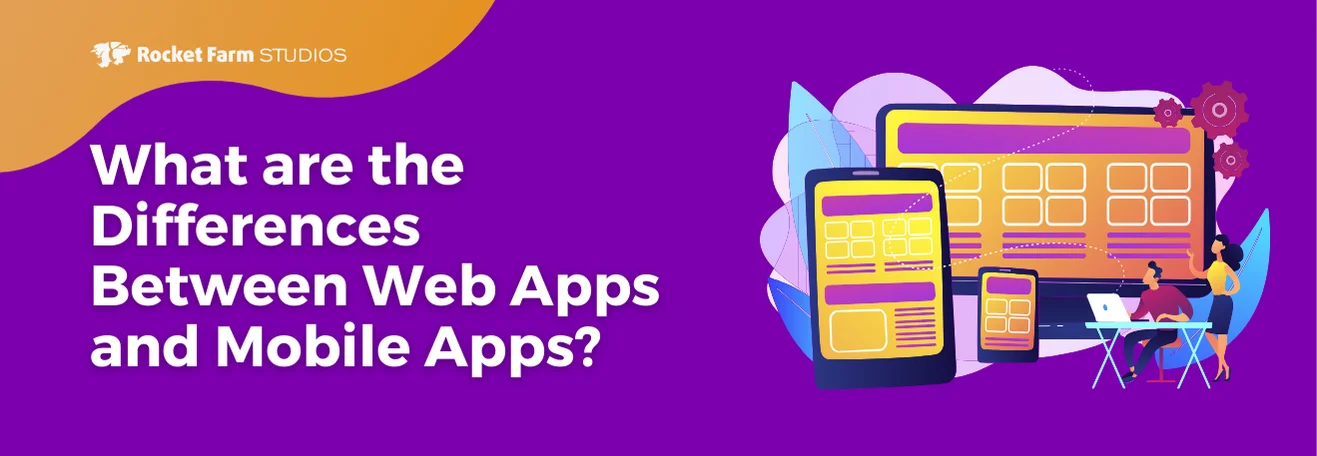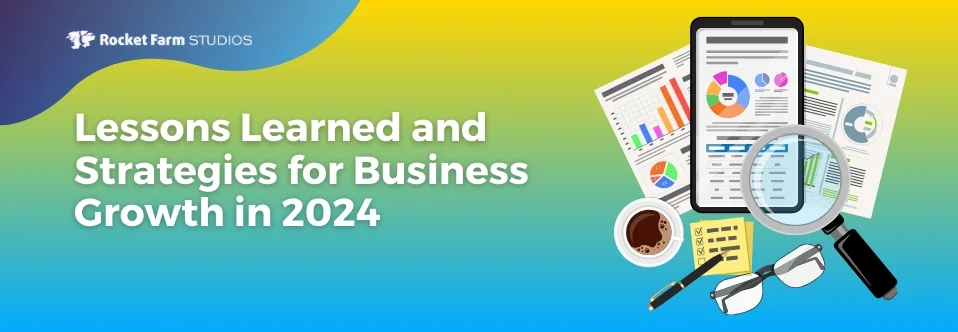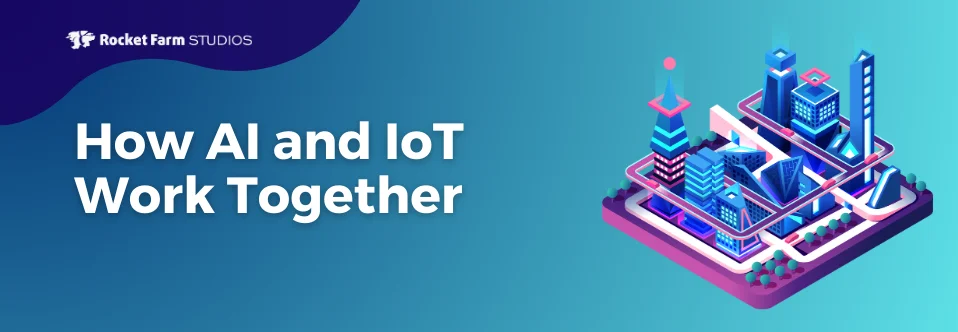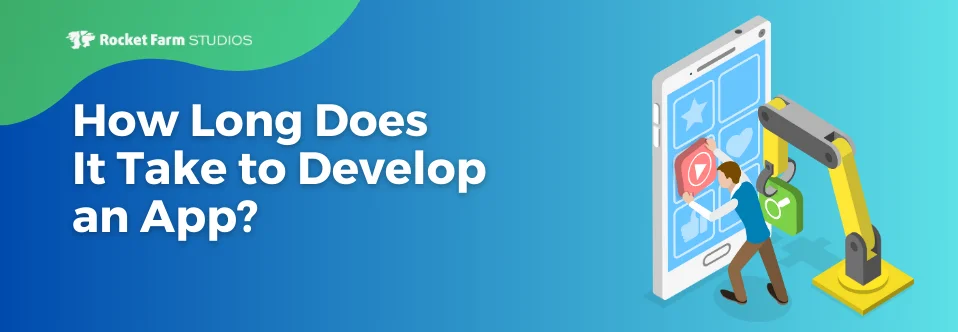The digital world has no rules. Everything — features, color schemes, functionality — is allowed to behave in new and different ways. The lack of limits is exciting and surprising, but also stressful. Using a smartphone sometimes feels like a whole new adventure, but when you are trying to get something done, you don’t want to go on an adventure. You just want the predictable to happen. In order to solve this problem and make the use of smartphones more intuitive, Google has taken on a new perspective. They are diving in and attempting to assimilate programs in the phone to things in the outside world that humans already understand. Google is calling their solution Material Design.
Material Design, the new software language created by Google and presented in the Google I/O Conference, is more than just an idea about how software should work. It is a new idea about what software actually is. Google now defines software using the human mind as inspiration. The essence of the design is that all screens resemble paper. Paper in the physical world has shadows and can be turned around, moved and manipulated. The “paper” that Google has created also has shadows and can be moved. This “paper” is Google’s attempt at creating an intelligent material that can change and respond to touch in the organic way that the human mind understands, therefore making the use of a smartphone more intuitive.
To keep the design simple enough so that the human mind is satisfied, yet complex enough to complete all the functions that are necessary for a smartphone, Matias Duarte (Google’s VP of Design) and his team have two overarching solutions: Dimensionality and Motion.
Google uses the term ‘Dimensionality’ to describe a style in which shadows give graphic elements a sense of depth and elevation. When the user first touches the screen, a dot of color rises up, signaling you that you have in fact touched where you had intended to. Elements are layered on top of one another so the experience is consistent for users and developers do not have to worry about clashing styles.
The term ‘Motion’ is used by Google to highlight actions and changing interactive states. For example, on a list of music tracks, the only button that you will see in Material Design is the play arrow; when you hit the play arrow, it swoops down a little bit and turns into forward and reverse buttons, as well as volume control. This use of motion breaks apart the chain of action, and allows Google to then connect them with animations, overall giving more relevant inputs to each movement.
So how does Material Design factor in to the other announcements made at the Google I/O Conference 2014? Well, bringing Material Design to Android is a big part of the L-Release of Android. Google, the Software Sweet Shop explains, “We’ve added the new Material theme, which you can apply to your apps for a new style: it lets you easily infuse your own color palette into your app, and offers new system widgets, screen transitions and animated touch feedback. We’ve also added the ability to specify a view’s elevation, allowing you to raise UI elements and cast dynamic, real-time shadows in your apps.” Everything in Android L will use Material Design.
Material Design is intuitive and beautiful and…. elusive. Unfortunately, it seems that very few Android users will actually get to see Material Design. Innovation on the OS suffers from a lack of integration with the hardware makers, which means that Material Design, when it finally does make its way onto tablets and handsets, will likely be less fantastic than Duarte intended. Developers may potentially lose important pieces of the software when they begin tailoring it to their own devices because web and mobile teams tend to optimize the programs for their one particular problem. So, Duarte and his team are hoping that by communicating better with developers and documenting their design process in extreme detail, the system will at least be adapted, however slowly, in purer ways.
If Duarte and his team are able to successfully communicate each part of the process of Material Design like they hope to, sometime in the future, the new and exciting features of Material Design may actually make it onto your phone. This will no doubt take a while, as only 18 percent of users have even made it to Kit Kat up to this point. Once the Android developers catch up to the lovely Material Design, however, its intuitive new style may just revolutionize smartphones.
Book a call












